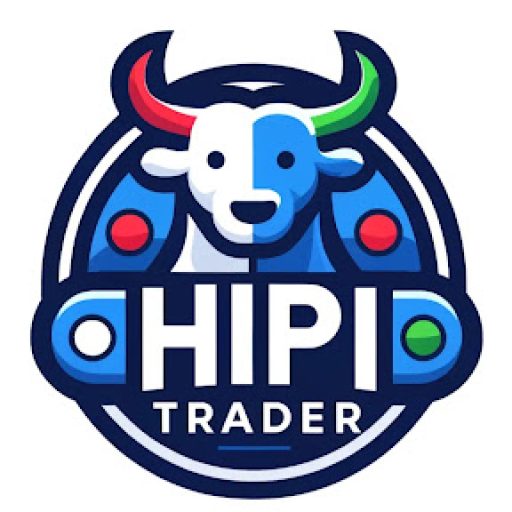Stock market can just trending up or down or ranging
How Understanding Market States Can Sharpen Your Trading Edge
Every moment you’re looking at the markets, they’re doing one of two things — and only two:
✅ Trending
✅ Ranging
There’s no hidden third state. Even when price action looks like chaotic “noise,” what you’re really seeing is either:
-
a low-volatility range, or
-
the early stages of a new trend forming.
This concept may seem basic at first, but it’s one of the most powerful mental filters you can use as a trader. By simply recognizing whether the market is trending or ranging, you can instantly reduce uncertainty and make cleaner decisions.
Trending market
The price moves with clear momentum in one direction – either up or down.
Ranging market
The price moves sideways within a well-defined support/resistance zone.
The Foundation of Financial Success
🔁 Trending vs. Ranging – What’s the Difference?
Trending: The price moves with clear momentum in one direction – either up or down. Think strong breakouts, consistent higher highs/lows (in an uptrend) or lower highs/lows (in a downtrend).
👉 In this environment, you should focus on pullback entries and continuation setups. Ride the wave, don’t fight it.
-
Ranging: The price moves sideways within a well-defined support/resistance zone. It lacks momentum and typically “bounces” between a ceiling and a floor.
👉 In this state, the smart approach is to trade reversals near the range boundaries or fade fakeouts (false breakouts).
🚫 Why Most Losses Happen Here...
Here’s the critical mistake that ruins many trades:
Traders treat a range like a trend, or a trend like a range.
This mismatch in strategy and market condition is responsible for a huge percentage of avoidable losses. A trader sees a pullback in a range and enters like it’s a trend — only to get chopped up. Or they try fading a breakout in a strong trend — and get steamrolled.
Crafting a Strategic Trading Plan
The Blueprint for Consistent Trading Success
The Power of Trading Journals
🎯 The 80/20 Trading Filter
Here’s a practical takeaway:
If you can accurately identify whether the market is trending or ranging, you’ll avoid 80% of bad trades.
This doesn’t mean you’ll always win — but your trades will start to make sense. They’ll align with the underlying market structure.
Less confusion. Less overtrading. More consistency.
🧠 Trading Psychology Angle (Inspired by Mark Douglas)
Mark Douglas, author of Trading in the Zone, teaches that confidence in trading doesn’t come from being right — it comes from knowing you’ve followed a sound process. Recognizing market state is part of that process.
When you’re clear on the environment you’re trading in, you reduce internal conflict — the fear, hesitation, or second-guessing that leads to self-sabotage.
“The market doesn’t create your confusion. Your beliefs about the market do.” – Mark Douglas
Final Thoughts
No indicator can save you if you don’t know what kind of market you’re in. So before you click “buy” or “sell” — pause and ask:
Is this a trend or a range?
Am I applying the right playbook for this condition?
It’s a small question with a huge impact.
Happy trading!

